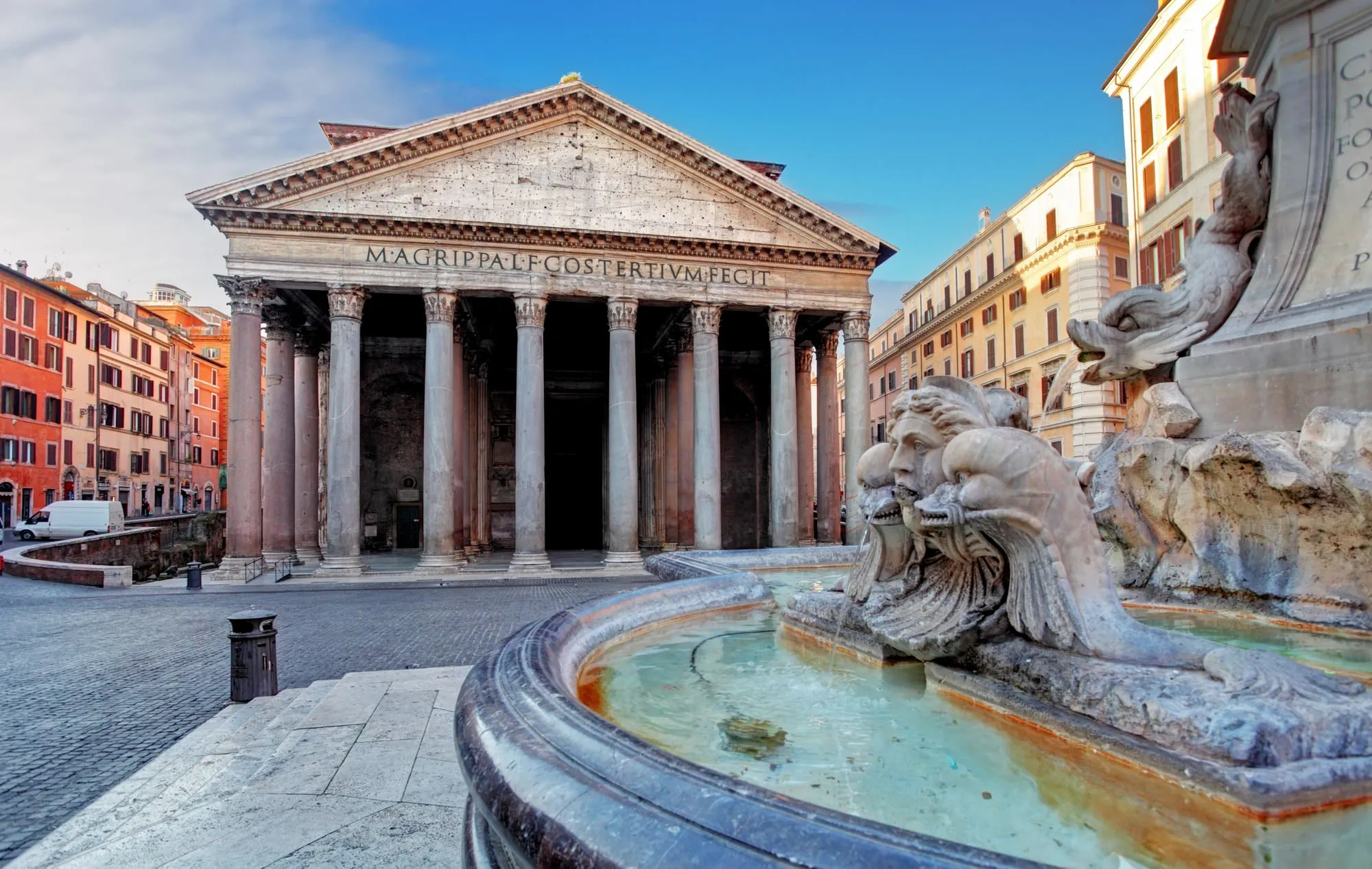Visit the Pantheon – Best Times, Crowd Patterns, Nearby Pairings, Sample Routes
Optimize your Pantheon visit: hourly crowd patterns, light timing, 30 & 60 minute routes, pairing with nearby sites, accessibility tips.

Effective Pantheon visits hinge on aligning time-of-day light, crowd troughs, and your thematic interests.
1. Crowd Pattern Curve (Typical Peak Season)
- 08:30–09:30: Low; locals and early planners.
- 10:00–13:00: High influx (group tours + day trippers).
- 14:00–16:00: Slight dip then secondary rise.
- 17:00–Close: Soft decline; golden exterior facade tone.
2. Light Strategy
- Early: cool shadows emphasize crisp column fluting.
- Noon: interior oculus beam drama.
- Late: warm facade & atmospheric interior.
3. Route Options
30-Minute Essential
Exterior facade read → Portico column spacing → Bronze door → Center dome → Raphael’s tomb → Exit coffee.
60-Minute Expanded
Add niche-by-niche circuit, altars, drainage system observation, and prolonged oculus beam watch (if mid-day).
4. Pairing Suggestions
- Piazza Navona (Baroque contrast) → Church of Sant’Ignazio perspective illusion.
- Gelato or espresso at side streets (Via della Maddalena) for reflective pause.
5. Accessibility Notes
- Surface: cobblestone approach; interior largely level but watch slight floor slopes for drainage.
- Quiet corner: seek side chapels for brief seated rest away from central echo.
6. Weather Adjustments
- Rain: bring non-pointed umbrella; interior dryness except small splash zone near center.
- Heat: early morning visit reduces queue under direct sun.
7. Combining with Other Ancient Sites
- Morning Pantheon → Midday lunch → Afternoon Forum/Colosseum harnessing dual narratives (imperial religion vs civic spectacle).
Bottom Line
Choose a route aligned with your time budget and light preference. Smart timing transforms a pressurized visit into contemplative architectural immersion.
About the Author

Rome Planner
I wrote this guide to help you experience the Pantheon without stress — with clear tickets, insider tips and the highlights you shouldn't miss.
Tags
Comments (0)
Loading comments...